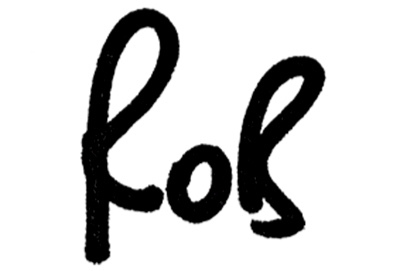Creating frameworks for gamifying experience design
Much like a JS developer might use React, Ember or Angular to build quick prototypes and scale them, I've been creating a range of frameworks for my own use in relation to product design, execution, iteration and known UX behaviours. And just like the majority of developers I've worked with dream in full stack and their own applied language, so do I...but with, you know, design stuff. This framework is less authored and more curated than others I've created, but it came from a genuine concern I had about my own knowledge (or lack thereof) of game design. My knowledge was too patchy. I attended a talk by Nir Eyal and realised I was getting confused with my own applied knowledge and experiences - I was too concerned with getting users to return to the product, and not necessarily as concerned about keeping them engaged with the product. Keeping users engaged is hard as the tools at your disposal to manage engagement are often vague outside of 'real game design'. If you're developing a SaaS platform do you encourage your user to 'level up'? If you're building a B2B focused workflow do you offer jewels to the users who complete set tasks? (tl;dr answer: no you don't). To be clear - I'm not in any way a 'game designer' - but the process of game design itself, the behaviorism behind it's known tropes, the knowing about human reactions to game play - or even just the concept of 'play' itself - is fascinating. In fact I'd go as far as saying after the research I did into it that understanding the concept of 'play' is essential in any product concept or build process.
This framework takes the form of cards, with 46 in total. Why cards? Cards are cheap to make in small runs and easy to scale up. Cards can be pinned anywhere, moved around tables, handed to people, amended. Cards can be, well, played with. This is a non-digital framework that when used doesn't feel like scanning a PDF for research answers - it feels like you're in the process of already building something. Something like UX Lego (note to self: create UX Lego). What's on the cards is also proactive - each card has an actual game dynamic with a definition and a real-world example (as such this framework seems to have a lot to thank WOW and CandyCrush for). Each game dynamic on each card comes from an existing in-use game deck or published research of game dynamics from Zynga, Rovio, Disney, EA, a variety of TED Talks (such as Jane Mc Gonicgal) and a range of books (such as Nir Eyal's 'Hooked: How to Build Habit Forming Products'). 46 game dynamics in total - and I'm convinced I've missed or accidentally excluded some 20-odd more. But 46 seems a nice amount to work with in a group setting, workshop or on an applied project. It certainly covers the bulk of the dynamics that can be used or easily discussed (or at least are recognisable to the majority of people).
I've used this framework now in several products, including the latest product I'm working on, which is an enterprise social media SaaS. I've even used it in a product I designed for the Institute of Physics 'to show the history of modern physics in relation to string theory' (tough brief). It's a supplementary framework in that it doesn't determine the product, but rather informs the actions and interactions within it. It makes you and your team realise that every product is a playable experience at it's core. Every product is competing with the attentions of users. In workshops it makes everyone empathise with user boredom and UX ROI (return on investment). In applied situations it makes you realise the answer to the question 'why would a user want to return to and use this product daily' is a hard question that cannot be answered with a typical ego-fuelled response of 'but the product is awesome!'.
Sometimes your product has to do more than issue a numerical notification in a red dot (Pavlovian Response), verify a user (Pride Action) within a highly animated menu system (Achievement), or rely on the time the user is stuck using your products processes to achieve anything being the thing encouraging them to keep using it (Behavioural Momentum).




